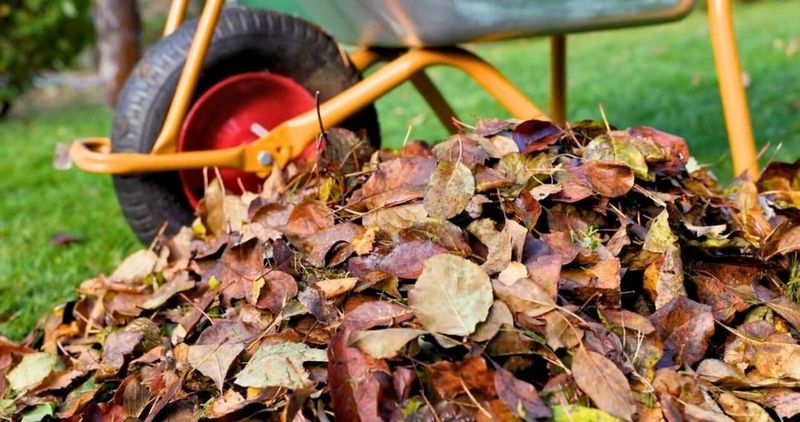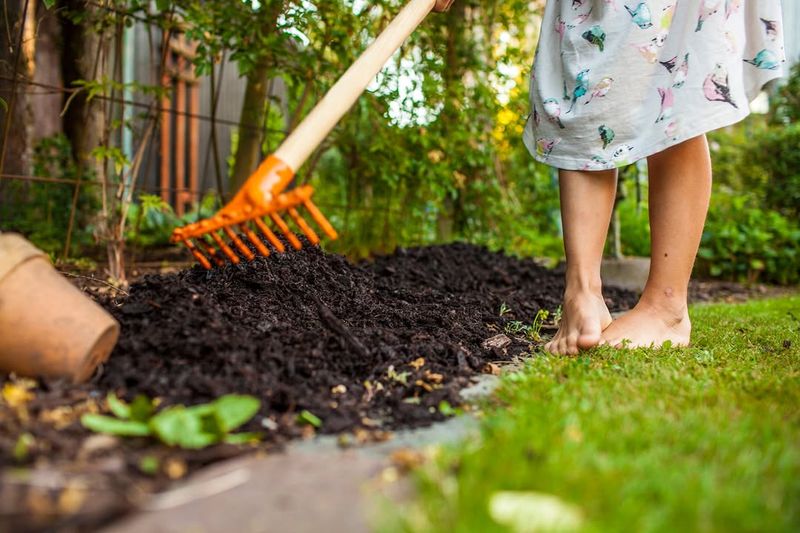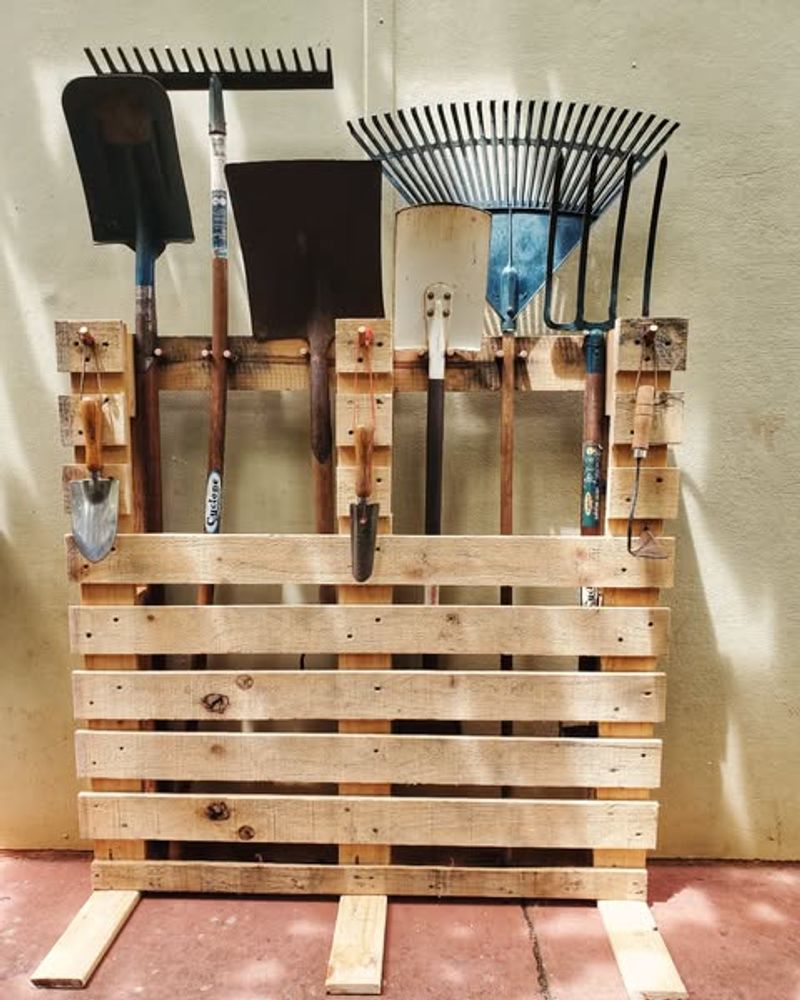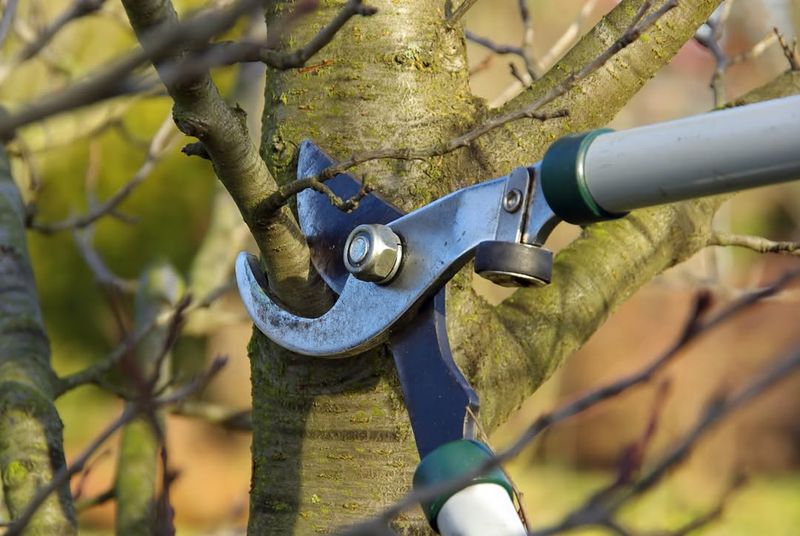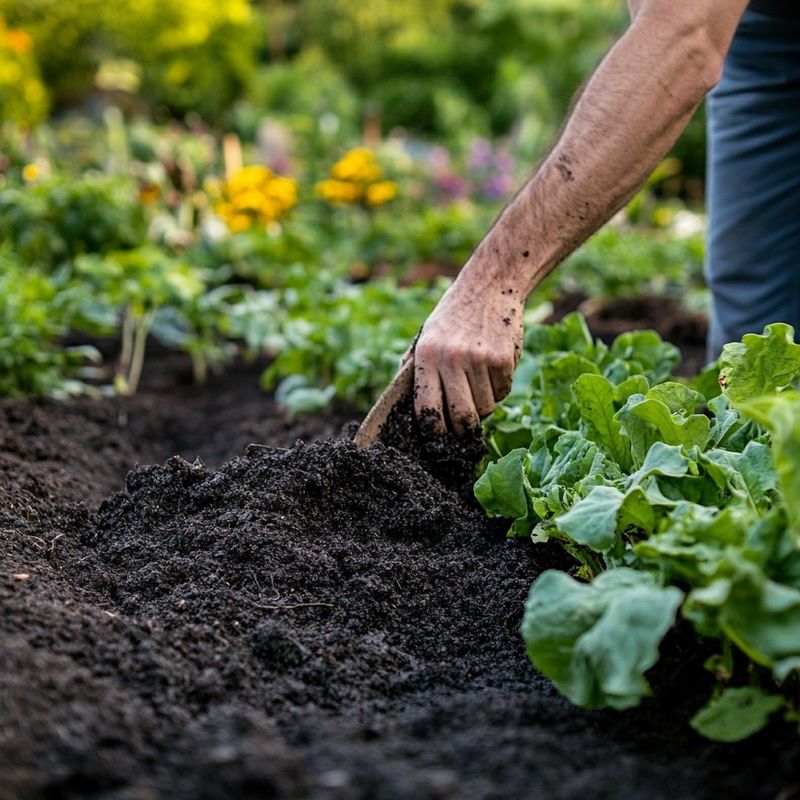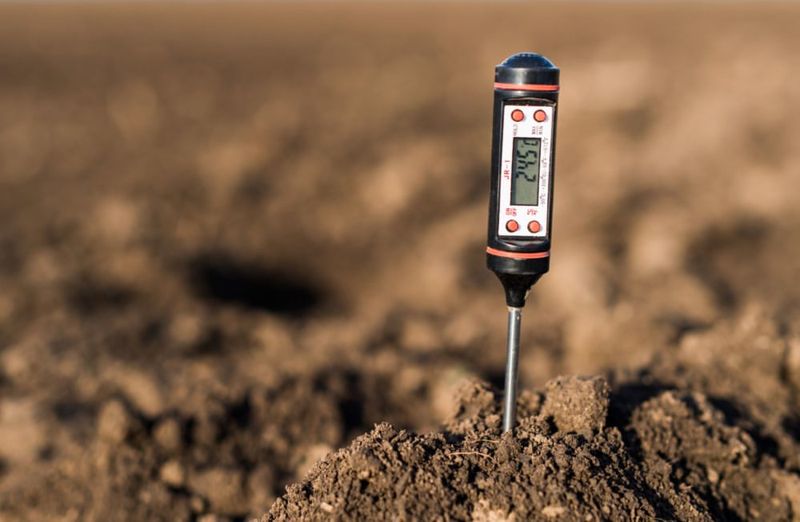November puts Missouri gardens at a crossroads, as chilly mornings and early sunsets signal the shift toward winter. A few smart moves now can keep your yard from falling behind the curve and set the stage for a strong comeback once spring rolls in.
Leaves pile up, soil settles, and plants start to wind down, but the right touch can give everything a fighting chance through the cold stretch ahead. With a little attention before the frost takes hold, your garden can rest easy and rise in full color when warm weather returns.
1. Plant Spring-Blooming Bulbs Before The Ground Freezes
Before Missouri’s ground becomes too hard to work, get those spring bulbs in the soil. Tulips, daffodils, and crocuses need several weeks of cold temperatures to bloom beautifully when warm weather returns.
Dig holes about three times deeper than the bulb’s height and space them according to package directions. Add compost to give them extra nutrients.
Water them well after planting, then cover the area with mulch to protect against harsh winter conditions.
2. Rake And Remove Fallen Leaves From Your Lawn
Thick layers of leaves might look pretty, but they can smother your grass and create problems. When leaves pile up, they block sunlight and trap moisture, which can lead to disease and dead patches in your lawn.
Rake regularly throughout November or use a mulching mower to chop leaves into tiny pieces. Those shredded leaves make excellent compost or natural fertilizer.
Don’t bag everything though, save some for garden beds where they provide winter insulation for plants.
3. Protect Tender Perennials With Mulch
Your perennials need a cozy blanket for winter, and mulch does the job perfectly. Apply a three to four-inch layer of shredded leaves, straw, or wood chips around the base of plants after the first hard frost hits Missouri.
Mulch keeps soil temperatures more stable, preventing the freeze-thaw cycles that can push plant roots right out of the ground. It also holds moisture and prevents weeds from sprouting early.
Just avoid piling mulch directly against plant stems to prevent rot.
4. Clean And Store Garden Tools Properly
Garden tools that worked hard all season deserve some care before winter storage. Dirt and moisture left on tools can cause rust and damage that shortens their lifespan significantly.
Scrub off all soil with a wire brush, then wipe metal parts with an oily rag to prevent rust. Sharpen pruning shears and blades so they’re ready for spring.
Hang tools in a dry shed or garage where they’ll stay protected from moisture and temperature changes throughout Missouri’s winter months.
5. Prune Dead Or Damaged Tree Branches
Once trees drop their leaves, you can easily spot branches that are dead, diseased, or damaged. November in Missouri is an excellent time to prune because trees are dormant and won’t lose valuable sap.
Remove any branches that cross and rub against each other, as these create wounds where disease can enter. Cut back to healthy wood using clean, sharp tools.
For large branches or trees near power lines, call a professional arborist who has the right equipment and safety training for the job.
6. Drain And Winterize Irrigation Systems
Water left in irrigation pipes can freeze and expand, causing expensive cracks and breaks throughout the system. Missouri winters definitely get cold enough to cause this kind of damage.
Turn off the water supply to outdoor systems and open drain valves to let water flow out completely. Use an air compressor to blow remaining water from the lines if possible.
Remove and store any above-ground hoses, timers, and sprinkler heads in a warm place until spring arrives and temperatures stay consistently above freezing.
7. Add Compost To Garden Beds
Empty garden beds are hungry for nutrients after a busy growing season, and November is perfect for feeding them. Spread a thick layer of finished compost over vegetable gardens and flower beds now.
The compost will break down slowly over winter, enriching the soil with organic matter and beneficial microorganisms. This improves drainage in clay soils and helps sandy soils hold more moisture.
By spring, earthworms will have worked the compost into the soil, creating the perfect growing environment for new plants without any extra effort from you.
8. Plant Trees And Shrubs While Dormant
Fall planting gives trees and shrubs a head start on spring growth. While they look dormant above ground, roots continue growing in Missouri’s soil until it freezes completely.
Choose native Missouri species that handle local weather conditions naturally. Dig holes twice as wide as the root ball but no deeper, and backfill with the original soil.
Water thoroughly after planting and add mulch around the base. Your new plants will establish stronger root systems and require less watering when summer heat arrives next year.
9. Test and Amend Soil For Next Season
Smart gardeners test their soil in fall so amendments have time to work before spring planting begins. Missouri soils vary widely across the state, from acidic to alkaline, clay-heavy to sandy.
Purchase a soil test kit from your local extension office or garden center and follow the instructions carefully. Results will show pH levels and nutrient deficiencies that need correction.
Add lime to raise pH or sulfur to lower it, along with any needed fertilizers. These amendments break down slowly over winter, creating balanced, fertile soil ready for your garden plans.



